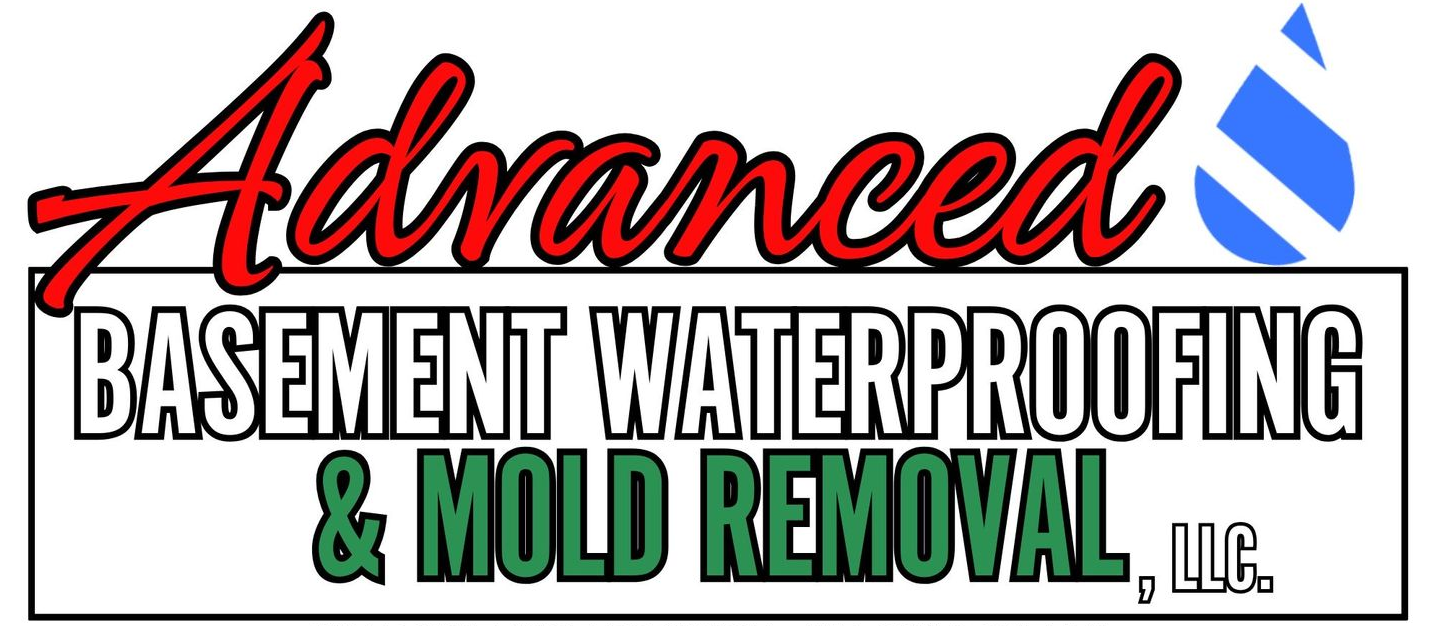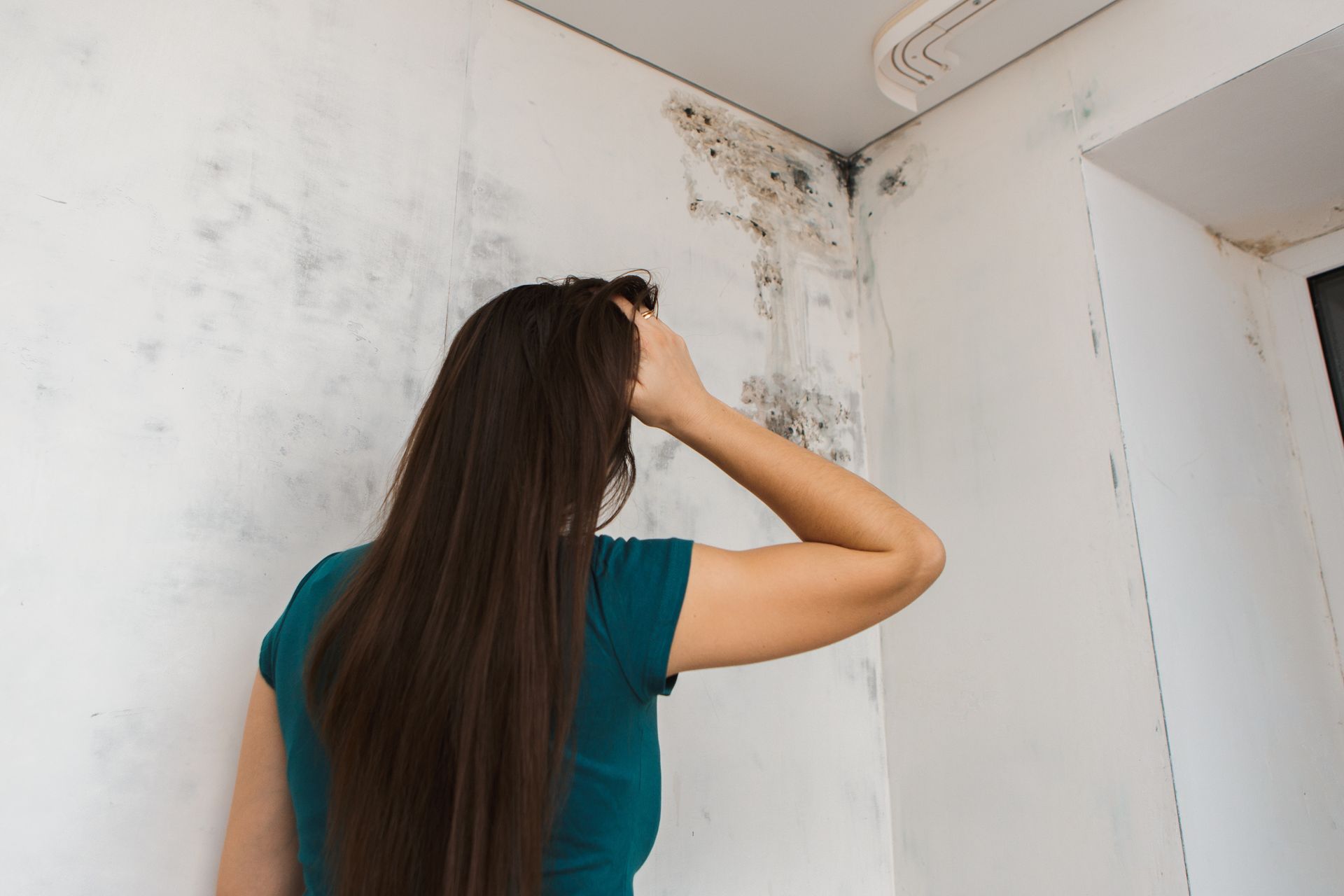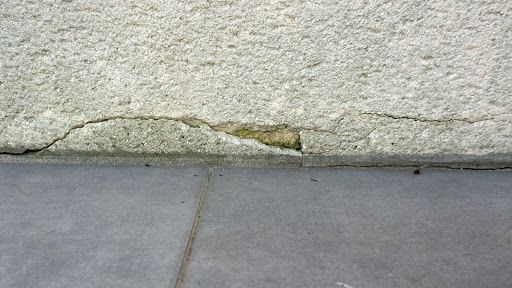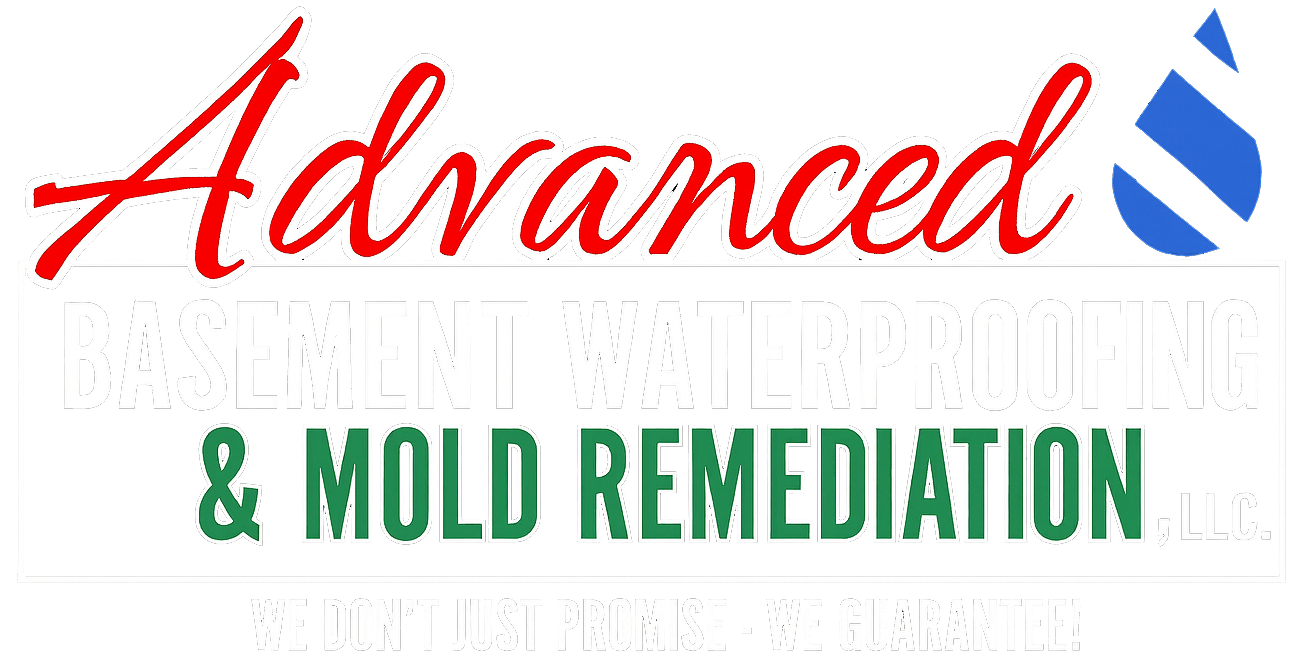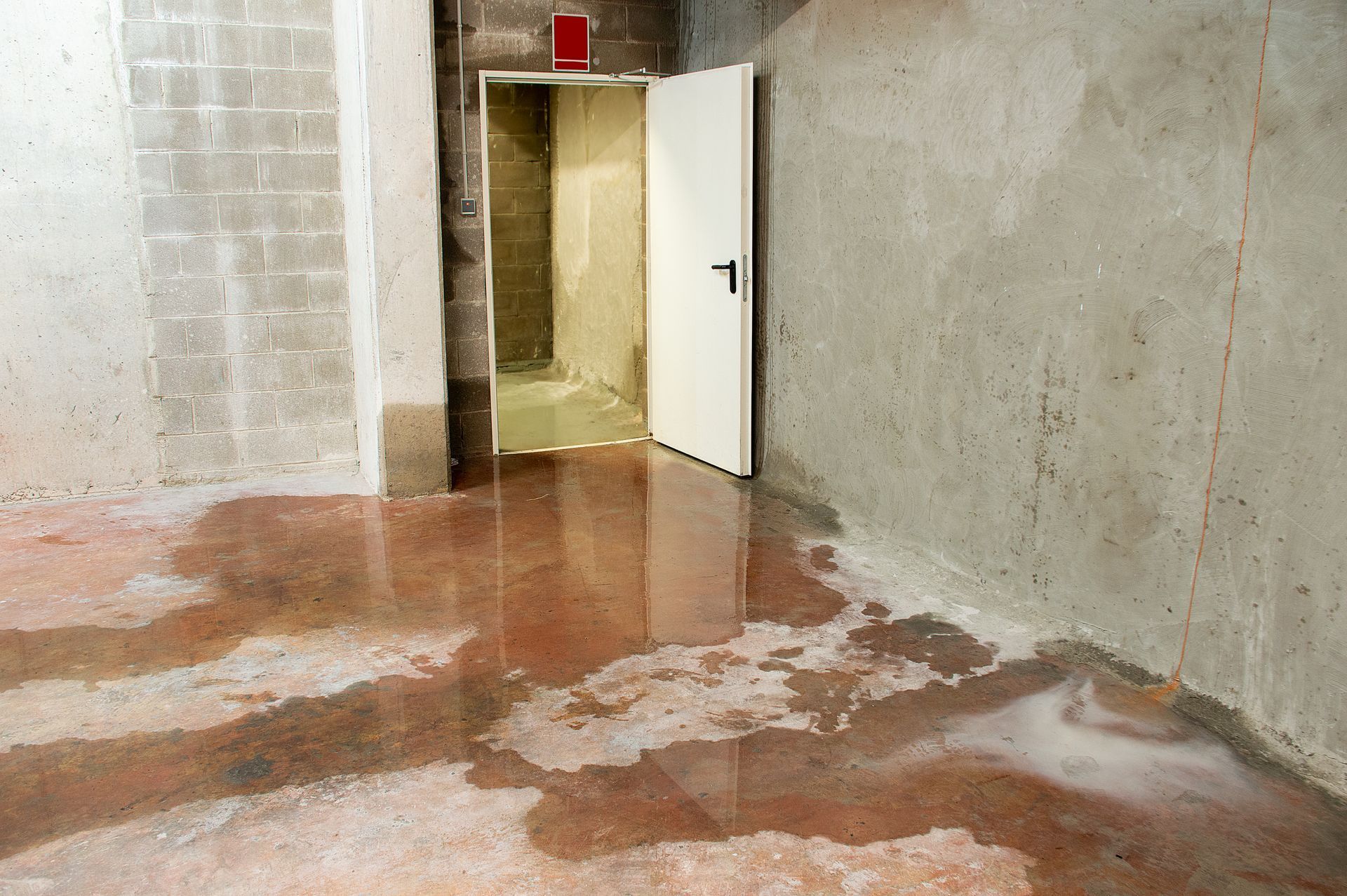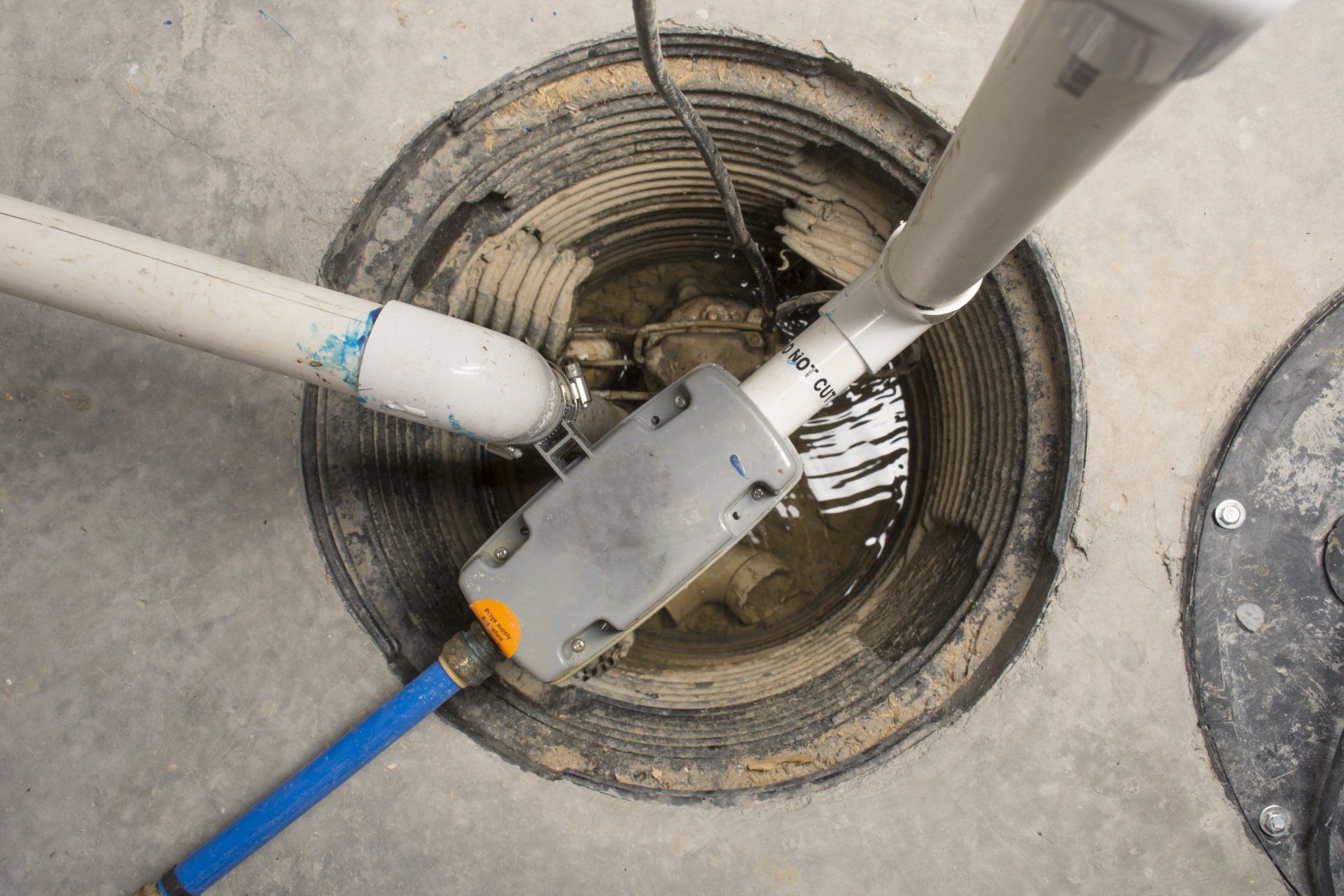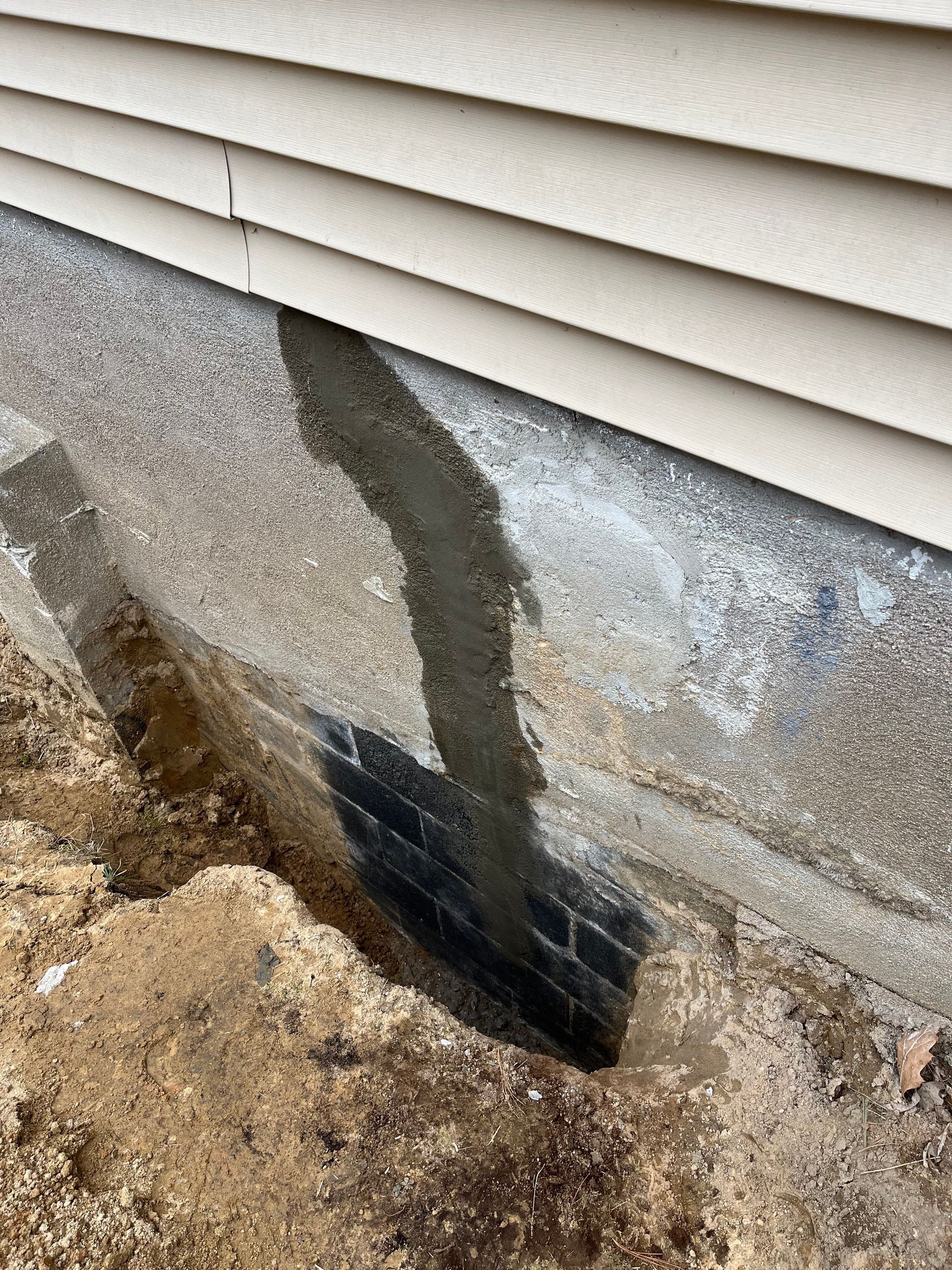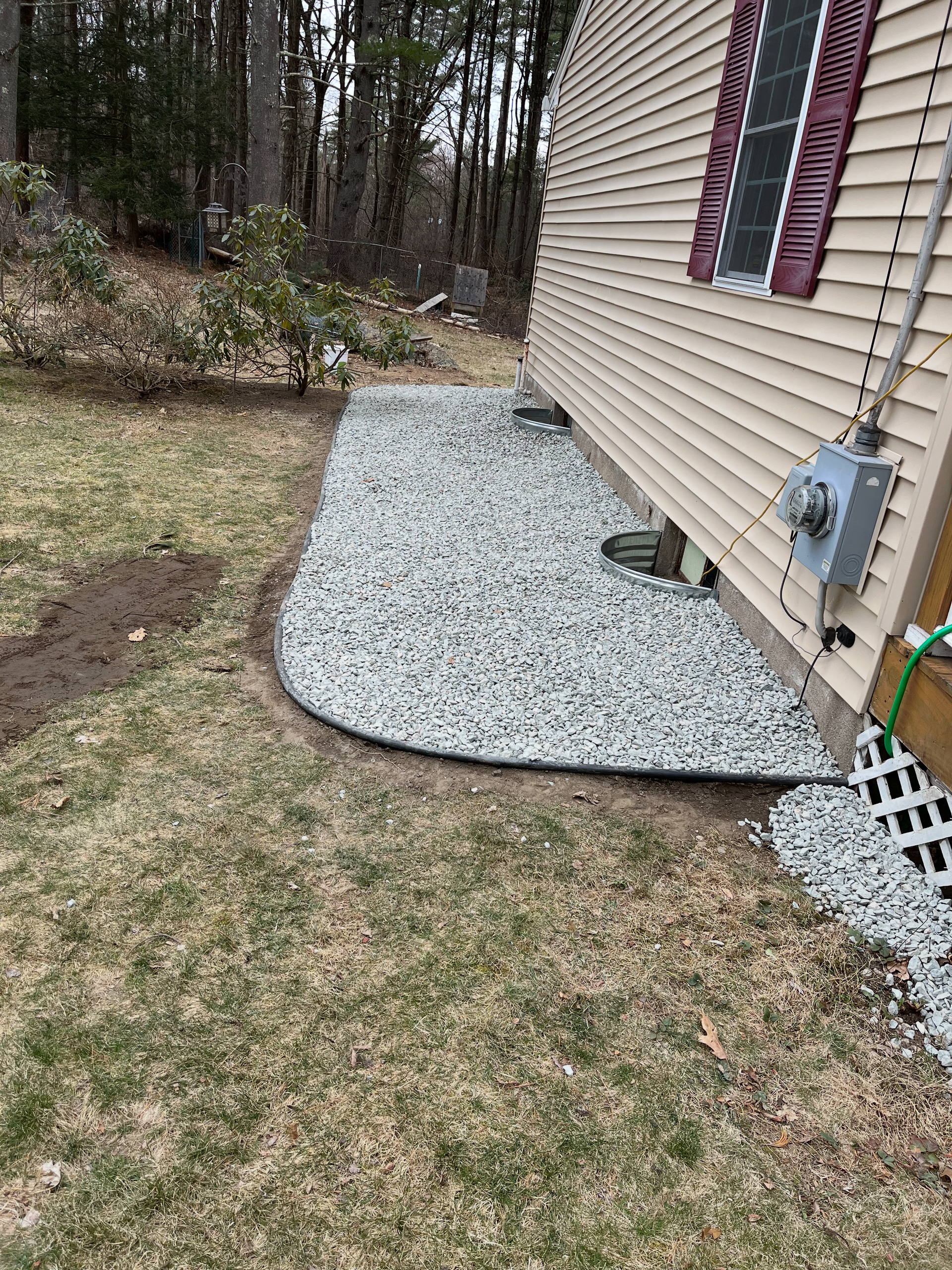Orange Mold - What it is and What Health Risks it Brings
By Advanced Basement Waterproofing • June 27, 2025
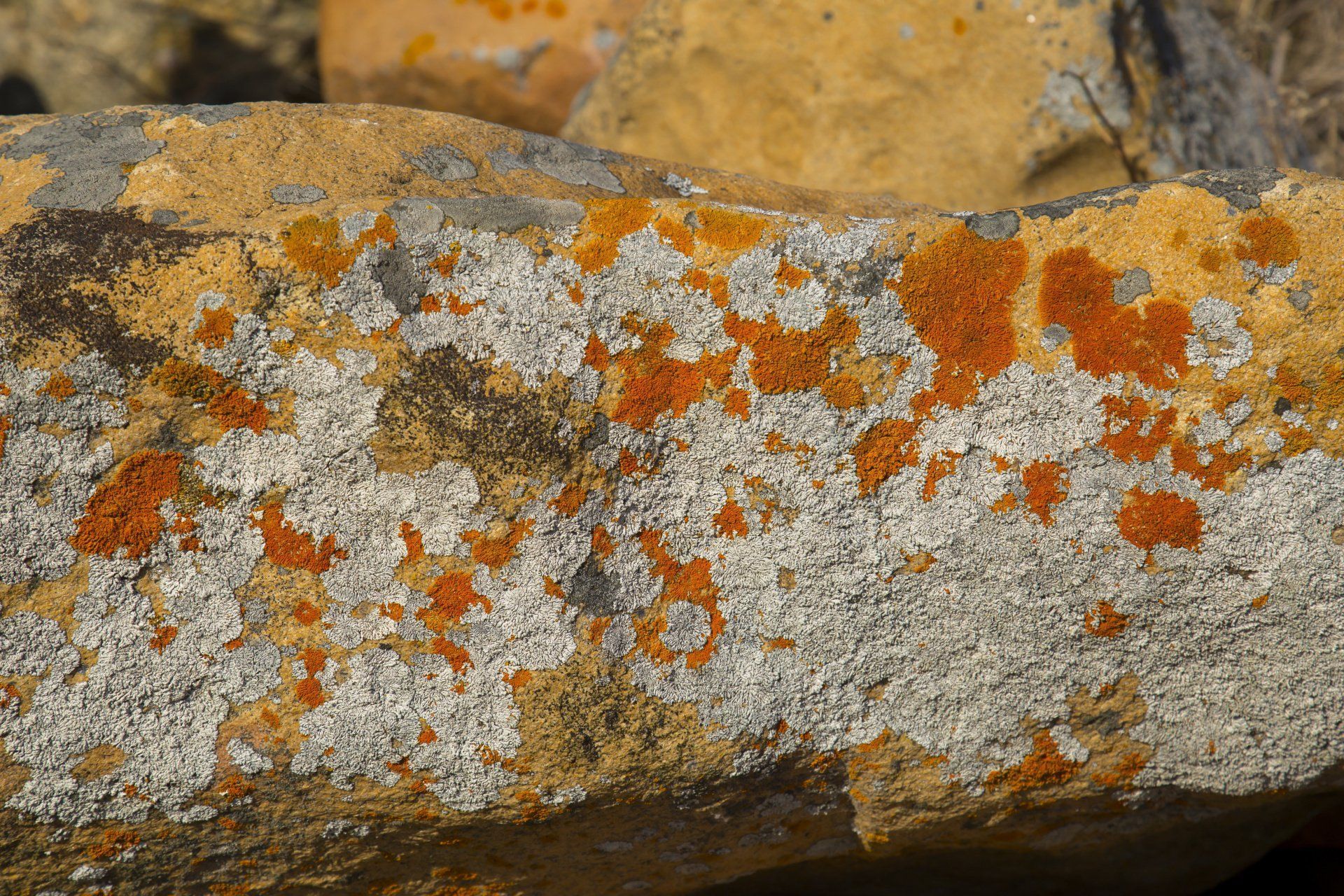
Different types of fungi and microbes exist in the world with us. Some of them are beneficial to us, a few are benign and harmless, but many are extremely dangerous to one's health. Molds are among the types of fungi that are considered unappealing and dangerous. Did you know that molds come in different varieties, too? You may be familiar with the black one, but have you heard of the orange mold? In this post, mold removal experts, Advanced BWP will tell you all about Orange Mold and the associated health risks:
What is Orange Mold, and Where Is It Found?

Mold, in general, exists as a colony. That means that it's possible for various types of mold to thrive together in the same area. Orange mold has also been found to be a common companion of both the black and the green mold that often grow on food.
In its early development, orange mold may look like tiny spots on a surface. They often grow on porous materials, but they can also thrive on harder surfaces. Over time, the colony can continue to propagate, and the orange mold colony starts to take on slimy characteristics.
Yes, unlike the usual fuzzy characteristics of other types of mold, orange mold is usually slimy. That is why it's often called the most disgusting kind of mold.
Similar to other types of mold, orange mold loves damp and humid spaces, so you should watch out for it in your bathroom and shower. They could even grow in a kitchen with poor ventilation. Food items like cheese, bread, and yogurt are prone to orange mold growth. If you find your food with mold, do not eat 'around it.' That is already considered contaminated and should be disposed of so no one can eat it unintentionally.
Is Orange Mold Dangerous?
Despite its gross appearance, orange mold is not considered life-threatening. That said, if orange mold is left untreated, it can damage your home's structure. It also doesn't mean there won't be any harm to your health. People with a weak immune system and respiratory health issues can be affected by orange mold negatively.
Additionally, orange mold can affect the quality of your water. If orange mold grows in a water container, filter, or pipes, the taste of your water could change.
How to Prevent Orange Mold
Here are some of the things that you can do to minimize the chances of orange mold growth in your home:
- Make sure your bathroom and kitchen are well-ventilated.
- Use a water softener with a polyphosphate system or an oxidizing filter to reduce the mineral content in your water.
- Clean using hydrogen peroxide or any vinegar-based cleaning solution and soak for 10 to 15 minutes before scrubbing and rinsing
- Always keep your refrigerator clean and get rid of any old food.
Conclusion
No matter what color it may be, mold is never a good thing to have in your home. If you see a colony of mold growing in any part of your home, take immediate measures to remove it. If the problem is not that bad yet, you may try to remove the mold using either bleach or vinegar. However, if mold is a constant issue in your house, you should definitely seek the help of mold removal experts in your area.
Advanced Basement Waterproofing offers you the services of a team of experts in mold remediation in MA, and mold remediation in CT. Contact us at (413) 327-2215 to learn more or request a free quote online.
Additional Services
Request Service
Questions? Contact Us
(413) 536-8023
-or-
Submit A Request
Home
We will get back to you as soon as possible.
Please try again later.
